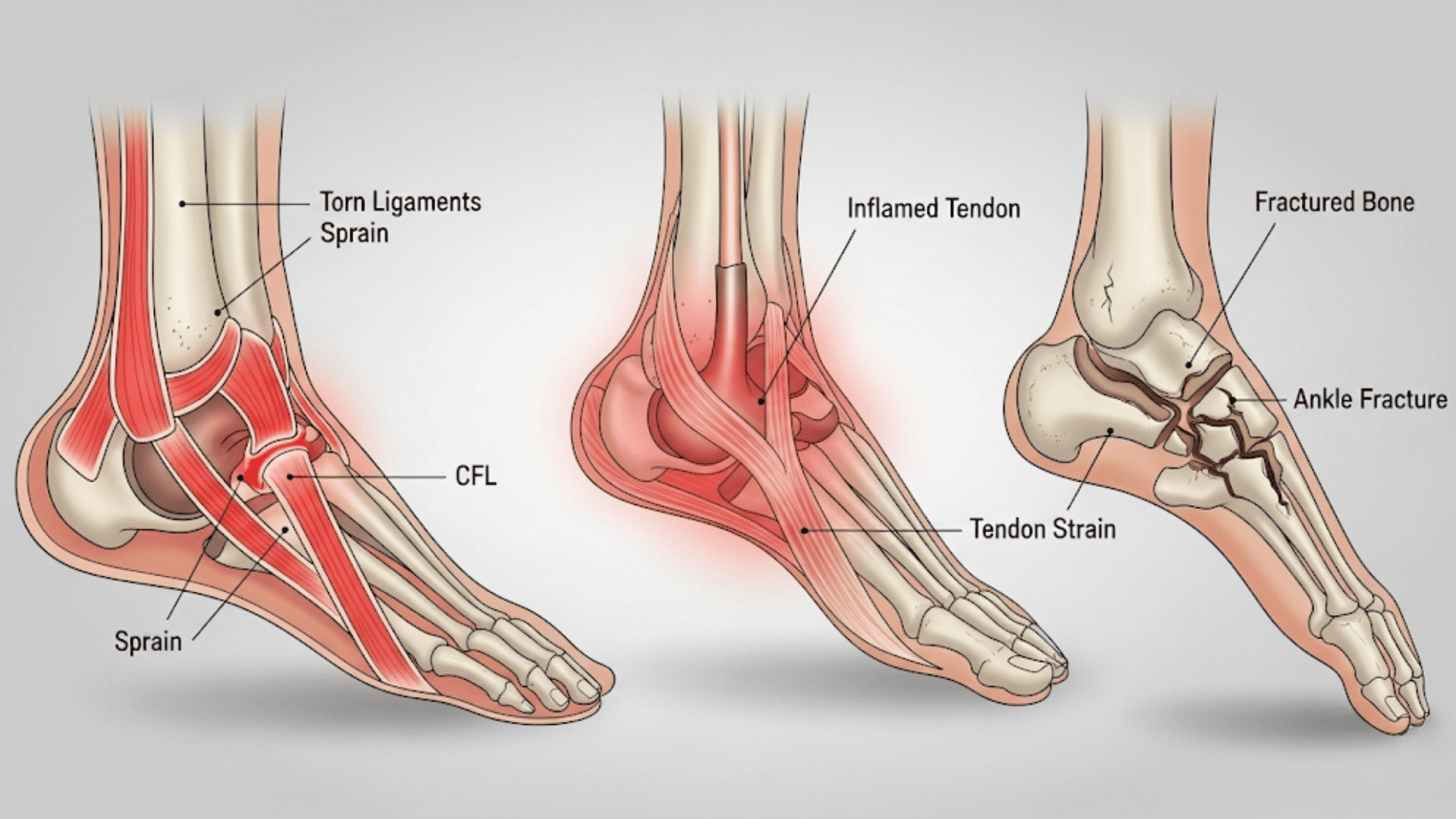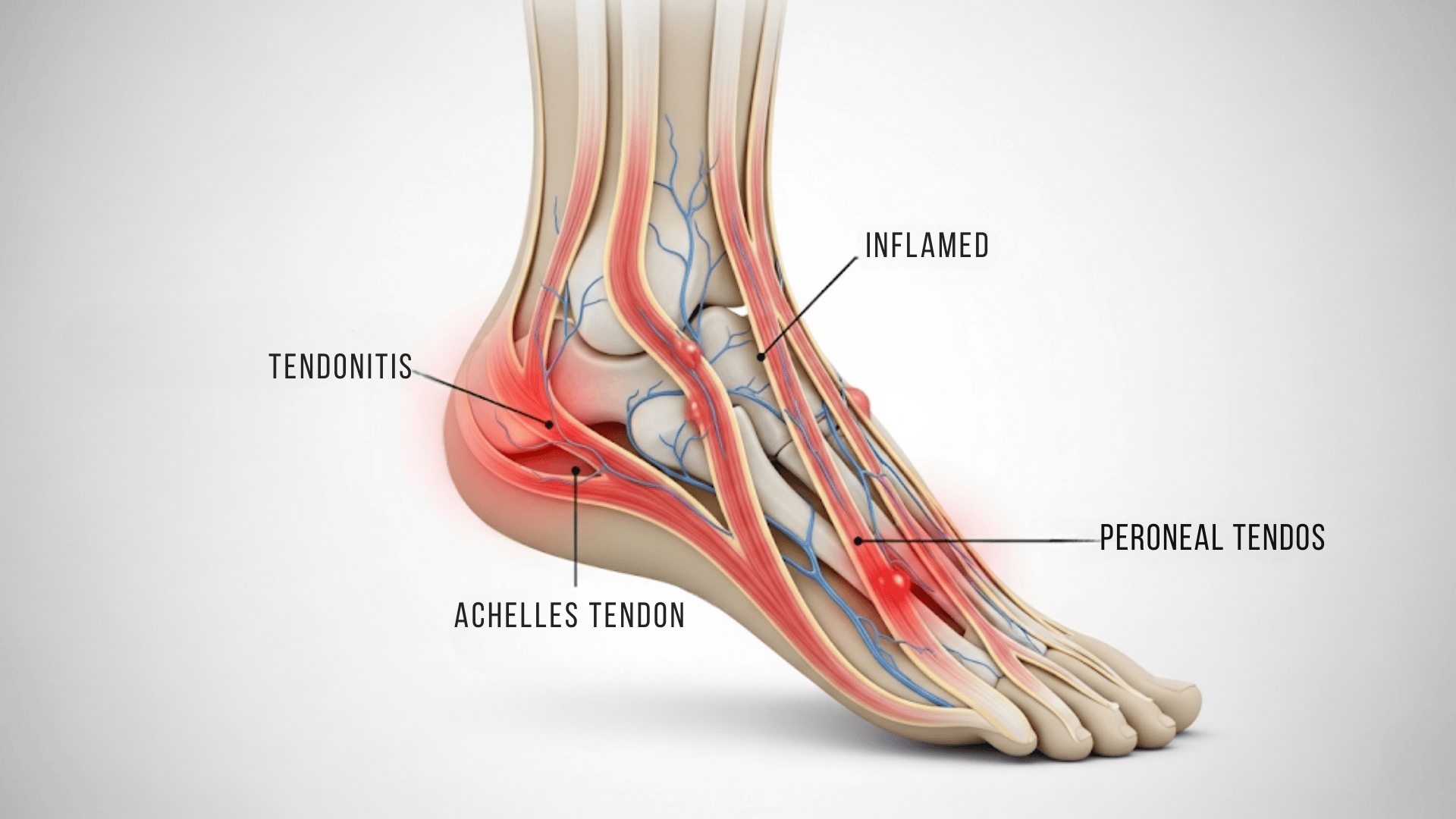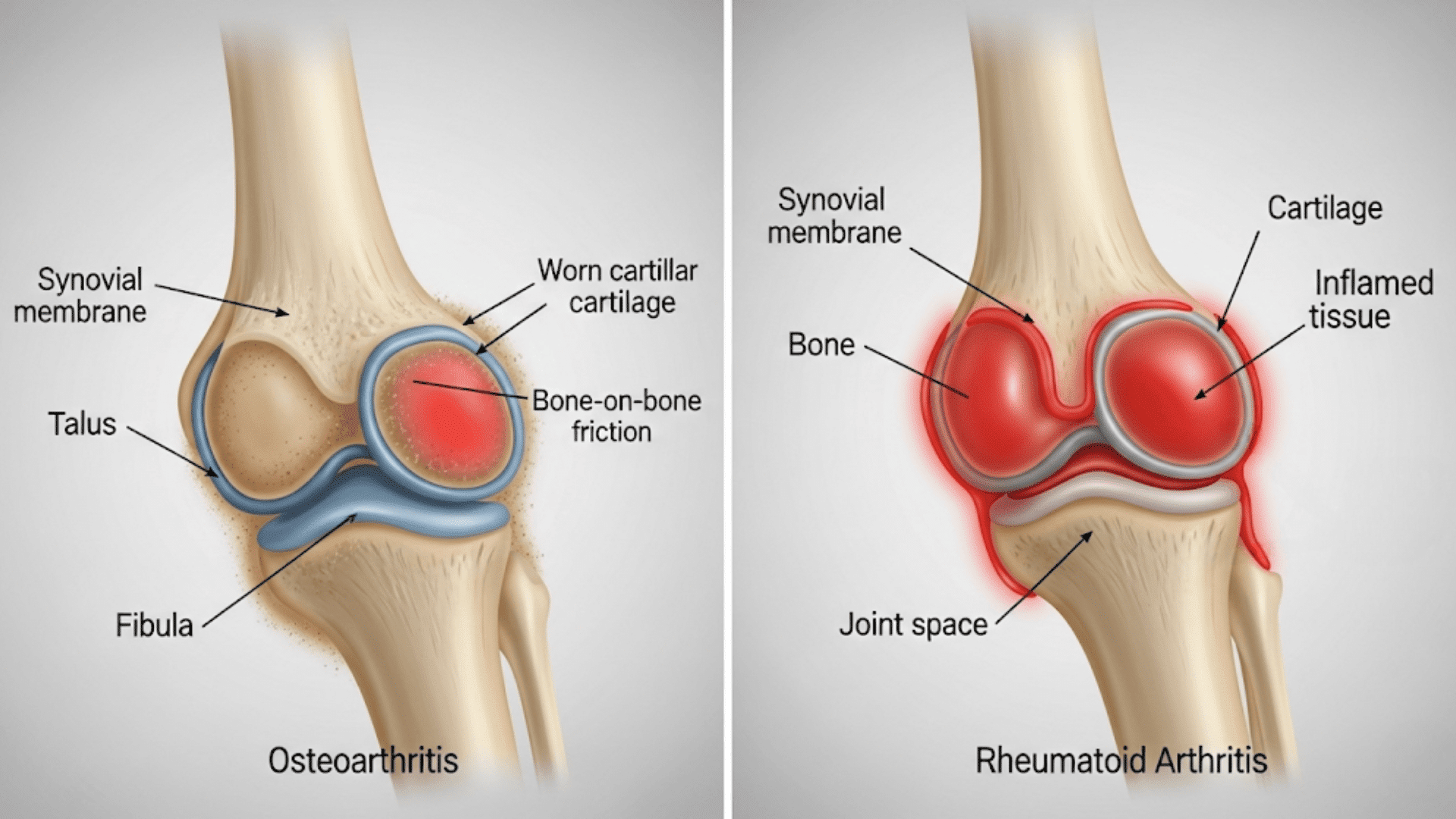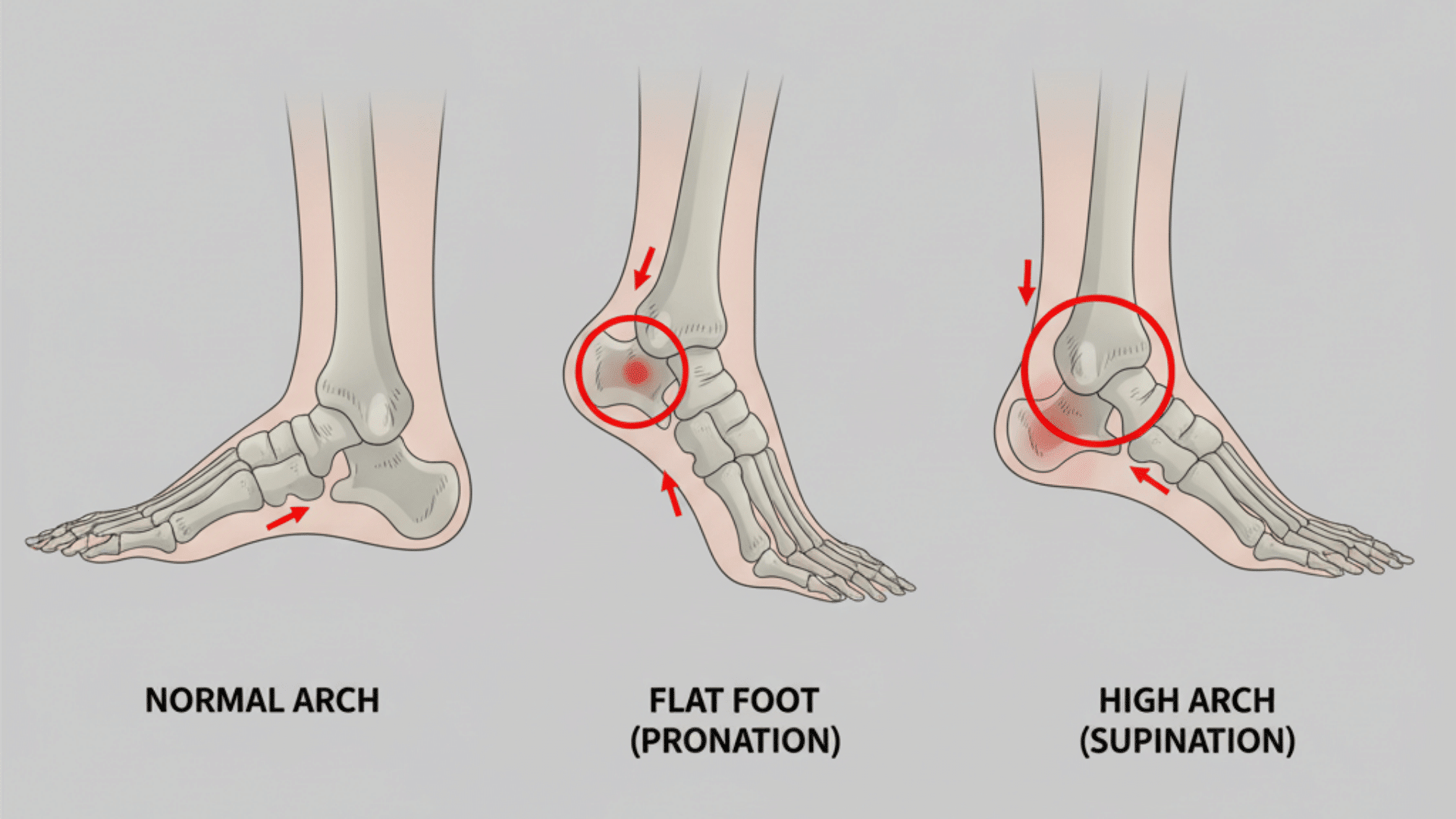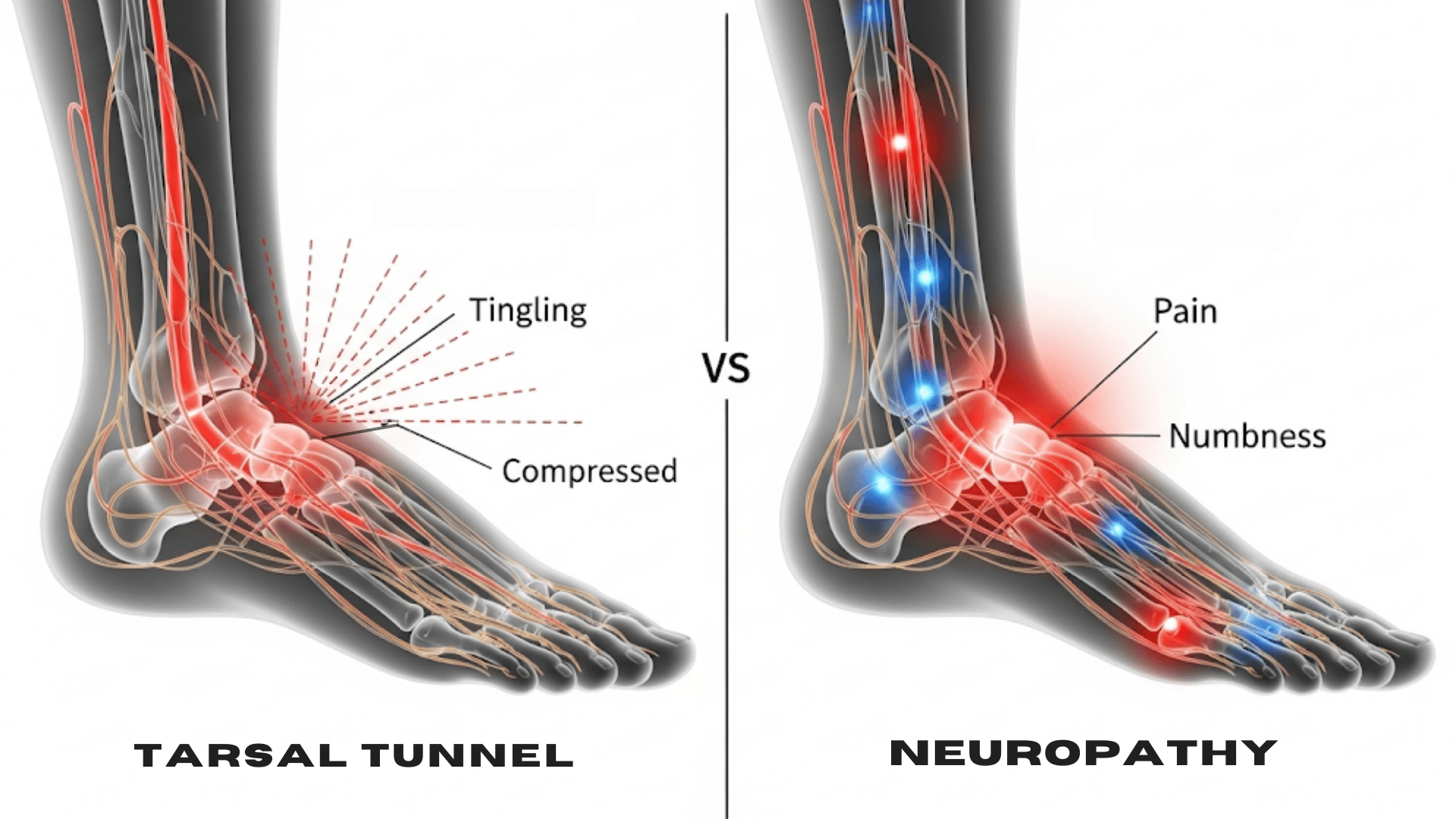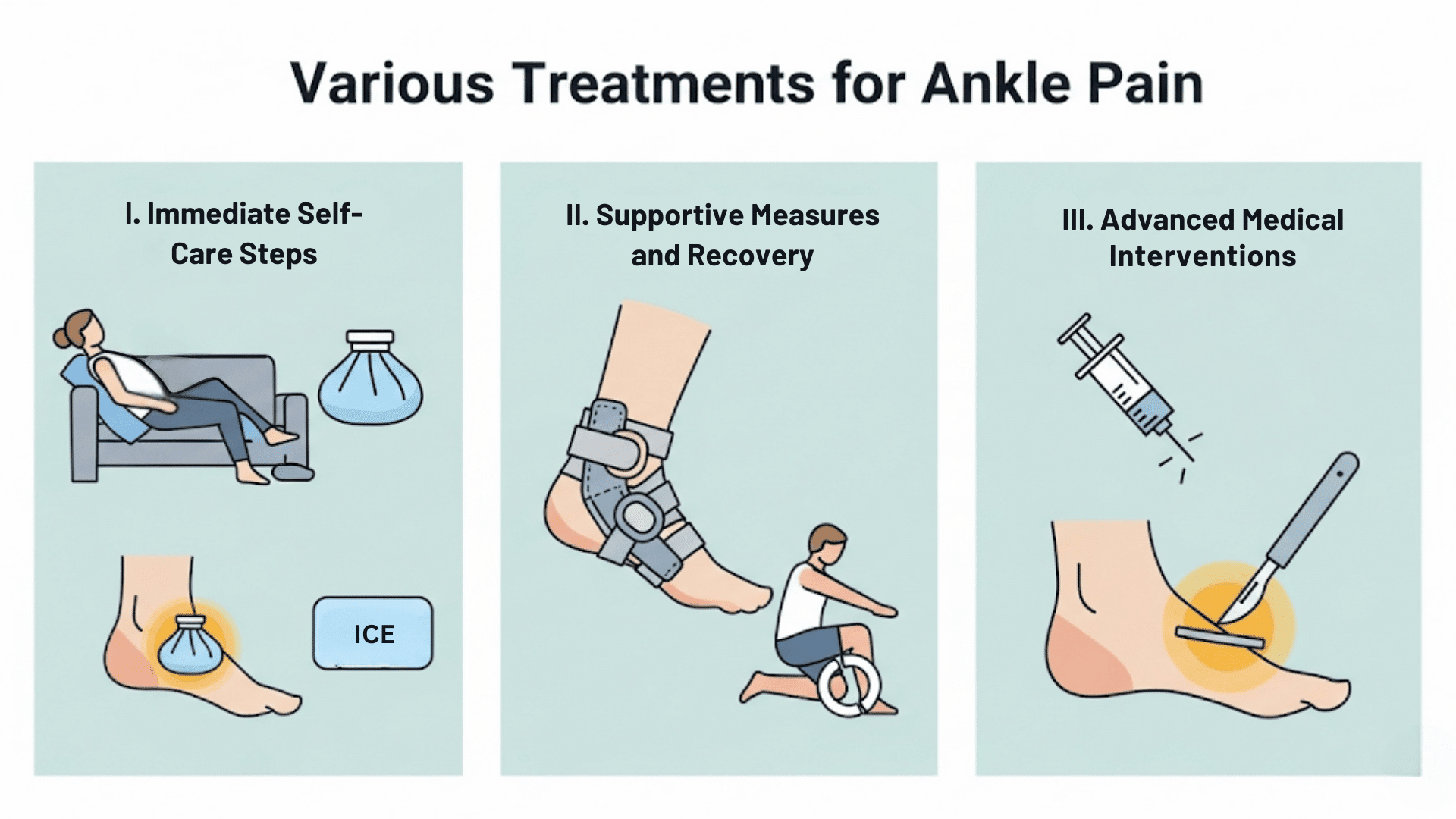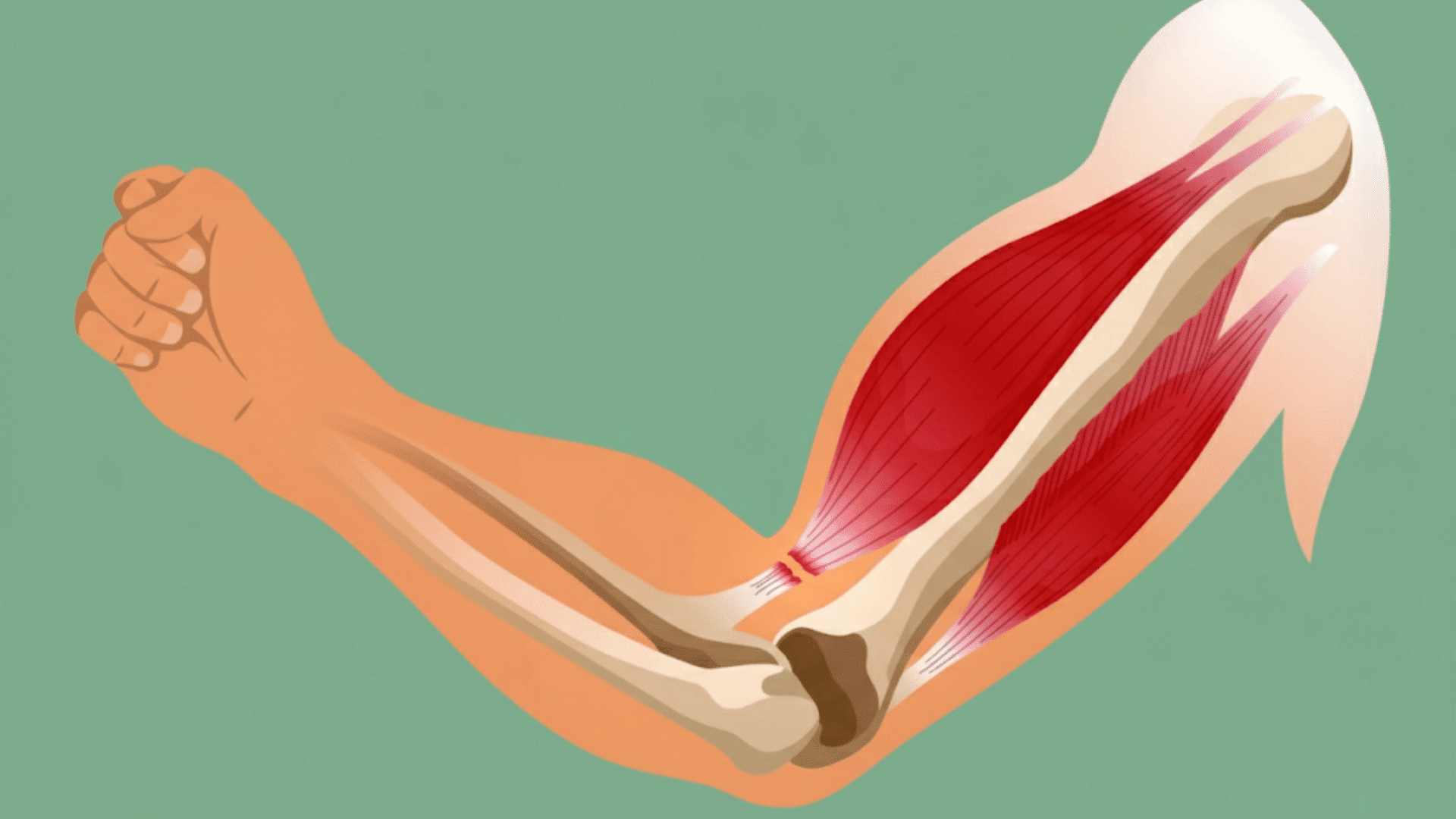Sharp pain shooting through your ankle with each step makes simple walks feel impossible. Many people assume ankle pain means serious injury or permanent damage. Others worry they’ll never walk comfortably again.
Most ankle pain has clear causes and responds well to proper treatment. You can get back to comfortable walking sooner than you think. With the right approach, even stubborn ankle problems often improve within weeks.
We’ll explore why ankles hurt during walking, identify the most common causes, and provide you with proven treatments that work.
You’ll also learn when to consult a doctor and how to prevent future health issues. Let’s help you take those pain-free steps again.
Why Do You Get Ankle Pain When Walking?
Your ankle joint handles more stress than most people realize. Every step puts two to three times your body weight through this complex joint.
Walking forces your ankle to bend, twist, and support your entire frame repeatedly.
The ankle is composed of bones, ligaments, tendons, and muscles that work together.
When any part gets damaged or inflamed, pain follows. Poor walking surfaces, wrong shoes, or sudden movements can trigger problems.
Some people develop pain from old injuries that never healed properly. Others experience discomfort due to other issues. Age also plays a role as cartilage wears down over time.
Knowing the cause helps you find the right solution.
Common Causes of Ankle Pain when Walking
It can be really difficult for someone to walk when they are faced with this issue. However, there can be various causes for such ankle pain. The most common of those are explained below.
1. Sprains, Strains, and Fractures
Sprains occur when ligaments stretch or tear due to sudden twisting. Strains affect muscles and tendons from overuse or sharp movements.
Fractures involve broken bones from falls or direct impact. These injuries cause immediate pain that worsens with weight-bearing activities.
2. Tendonitis and Overuse Injuries
Repeated stress on ankle tendons leads to inflammation and pain. Achilles tendonitis affects the back of your ankle, while peroneal tendonitis affects the outer side.
Runners and active individuals often develop these conditions from excessive activity too quickly. Rest usually helps, but ignoring the pain makes it worse.
3. Arthritis and Degenerative Changes
Osteoarthritis breaks down ankle cartilage over the years of use. Rheumatoid arthritis causes joint inflammation and stiffness. Both types create morning pain that may improve with gentle movement.
Cold weather often makes arthritic ankles feel stiffer and more uncomfortable.
4. Structural Problems and Flat Feet
Flat feet change how weight is distributed across the ankle joint. High arches can also cause problems by creating pressure points.
These structural issues force your ankle to work harder during walking. Custom orthotics often help correct the imbalance and reduce pain.
5. Nerve-Related Conditions (Tarsal Tunnel, Neuropathy)
Tarsal tunnel syndrome compresses the nerves in your ankle, causing burning or tingling sensations. Diabetic neuropathy damages nerves, causing numbness and sharp pains.
These conditions often worsen at night or after prolonged periods of standing. Nerve problems require different treatment than muscle or joint issues.
Ankle Pain when Walking Treatment
The right treatment for ankle pain while walking depends on what’s causing the pain and its severity. Most people start with simple home care before moving to other options.
Early treatment often prevents minor problems from becoming major ones. The following options are mentioned to help alleviate ankle pain.
I. Immediate Self-Care Steps
Start with these basic steps as soon as ankle pain begins. These simple methods reduce swelling and give your ankle time to heal naturally.
- Rest your ankle and avoid activities that cause pain
- Apply ice for 15-20 minutes several times daily to reduce swelling
- Keep your foot raised above heart level when sitting or lying down
- Take over-the-counter pain relievers like ibuprofen for pain and inflammation
II. Supportive Measures and Recovery
When basic rest isn’t enough, these tools and techniques help speed healing. Professional guidance often makes the biggest difference in recovery time.
- Use ankle braces or compression wraps for stability during healing.
- Consider custom orthotics if you have structural foot problems.
- Physical therapy and simple home exercises can rebuild strength and flexibility.
III. Advanced Medical Interventions
Severe or persistent ankle pain may need medical treatment. These options help when other treatments haven’t worked or when damage is too serious for conservative care.
- Steroid injections for persistent inflammation and pain.
- X-rays or MRI scans to identify serious damage requiring medical care
- Arthroscopic surgery for joint problems or cartilage repair.
- Tendon repair surgery for severe tears or ruptures.
- Ankle replacement in cases of severe arthritis.
- Nerve decompression surgery for conditions like tarsal tunnel syndrome.
Most ankle problems respond well to early treatment and don’t require surgery.
Red flags to watch for:
Seek immediate medical help if you can't put weight on your ankle or notice severe swelling and deformity. Signs like numbness, tingling, or skin color changes also need urgent attention.
Tips on Preventing Ankle Pain While Walking
Prevention beats treatment every time. Simple changes to your daily habits can keep your ankles healthy for years. Most ankle problems develop slowly, which means you have time to make protective choices.
- Choose proper footwear – Select shoes with good arch support and cushioning. Replace worn-out shoes before they lose their support structure.
- Watch your walking surface – Stick to even ground when possible and avoid holes, cracks, or uneven pavement that can cause twists.
- Build ankle strength – Practice balancing on one foot for 30 seconds daily. Do calf raises and toe walks to strengthen supporting muscles.
- Stretch regularly – Keep your calves and ankles flexible with gentle stretches before and after walks.
- Increase distance gradually – Let your ankles adapt slowly to longer walks rather than jumping into intense routines.
- Maintain a healthy weight – Excess weight puts more pressure on your ankle joints with every step.
- Listen to your body – Rest when you feel pain starting rather than pushing through discomfort that could lead to injury.
Final Thoughts
Ankle pain doesn’t have to control your daily walks. Most causes are treatable with simple care, but don’t ignore persistent pain. Early treatment prevents bigger problems later.
Remember that your ankles work hard every single day.
Give them the support they need through good shoes, gradual activity increases, and regular strengthening exercises. When pain strikes, listen to your body and seek help when needed.
Take action today to protect your ankles. Your future self will thank you for every pain-free step you can take. Looking for more wellness tips & strategies?


